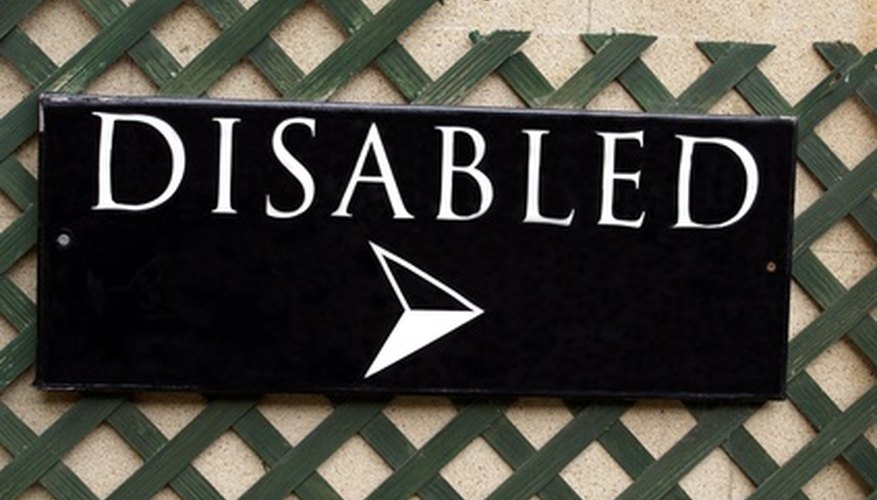Improvements are continually being made in terms of building access and employment opportunities for people with disabilities. But, the government does concede more needs to be addressed in breaking down communication barriers so that people with disabilities do not feel so excluded within society. Barriers exist for two reasons: communication difficulties a disabled person has in expressing themselves, and secondly, reluctance or ignorance by society to communicate in return. To bridge the communication gap, society needs to interact with people with disabilities.
Communication barriers for the disabled
Exclusion is felt by people with disabilities, as rarely do they interact with society. There is no real bridge of communication. Society learns and moves at a faster pace, so people with disabilities inevitably feel ignored and left behind. A main barrier to communication is not making the effort to communicate by people on both sides. Although, communication barriers will always be a problem for the disabled due to the nature of disability. For instance, a blind person is not going to strike up a conversation with a stranger they cannot see, or trust. A deaf person may be able to communicate via speech, lip reading or sign language, but this does not mean that a hearing person will understand them sufficiently to be able to communicate in return. People with learning difficulties may find speech difficult, or are too afraid to communicate in society, especially if they have suffered bad experiences of being called names in the past. Even people with mobility problems may just feel too isolated by their disability.
- Exclusion is felt by people with disabilities, as rarely do they interact with society.
- People with learning difficulties may find speech difficult, or are too afraid to communicate in society, especially if they have suffered bad experiences of being called names in the past.
Society's barriers to communication
According to the British Institute of Learning Disabilities, it is a "lack of a common language which leads to misunderstanding, mistrust and segregation." Able-bodied people, in general, are reticent about communicating with people with disabilities because there is no common ground. People are unsure how to approach a person with disabilities because they are unsure of the disability, too aware of causing offence and being unprepared on how to communicate. Social etiquette and communication is part of mainstream society, but the problem is that the teaching of social etiquette has not included people with disabilities.
- According to the British Institute of Learning Disabilities, it is a "lack of a common language which leads to misunderstanding, mistrust and segregation."
- Able-bodied people, in general, are reticent about communicating with people with disabilities because there is no common ground.
Breaking the barriers
For communication barriers to be broken, it is necessary to change society's view of people with disabilities. Society needs to make the first move to interact and to open up communication by welcoming in a disabled person, whether in the workplace or at a social event. People with disabilities need to be seen as people with the same rights to choose, to live independently and to be accepted as a valued member of society. The disability needs to be left behind, but not the person. Common ground can be found by an able-bodied person ignoring the disability, and greeting a disabled person with a warm salutation and a hand shake. By applying the same communication skills of listening, talking and social etiquette, an able-bodied person and a person with disabilities will soon forget the barriers and engage in a conversation, which is a necessary step to take, if barriers of communication are going to be torn down through interaction.
- For communication barriers to be broken, it is necessary to change society's view of people with disabilities.
- By applying the same communication skills of listening, talking and social etiquette, an able-bodied person and a person with disabilities will soon forget the barriers and engage in a conversation, which is a necessary step to take, if barriers of communication are going to be torn down through interaction.
